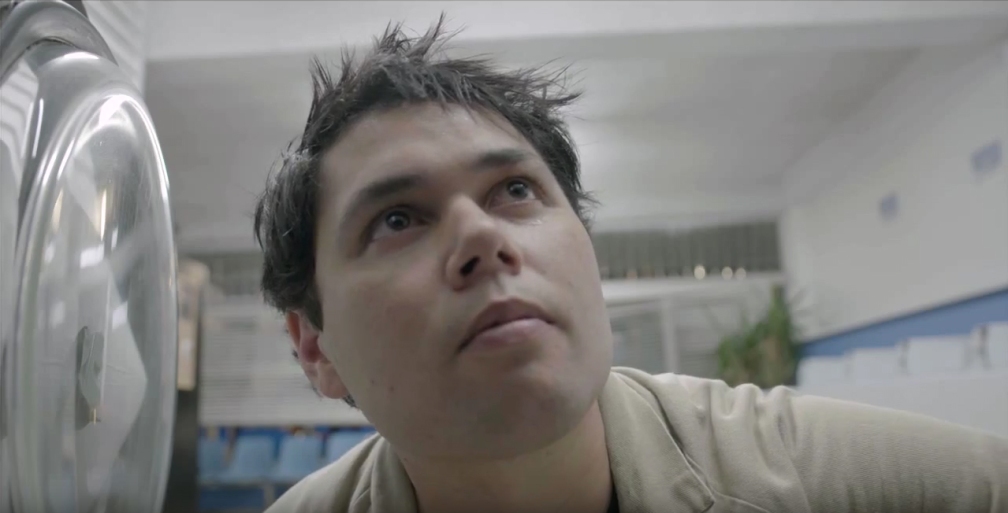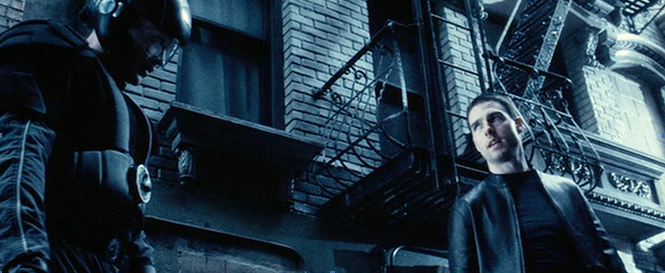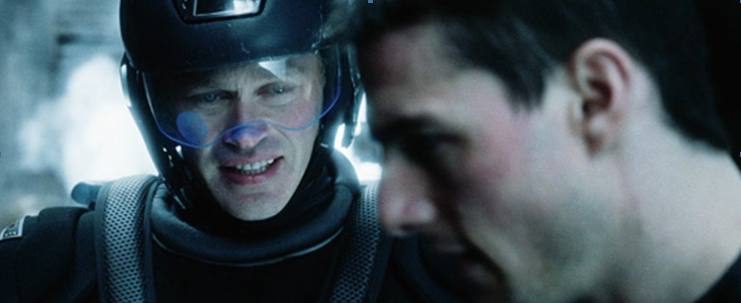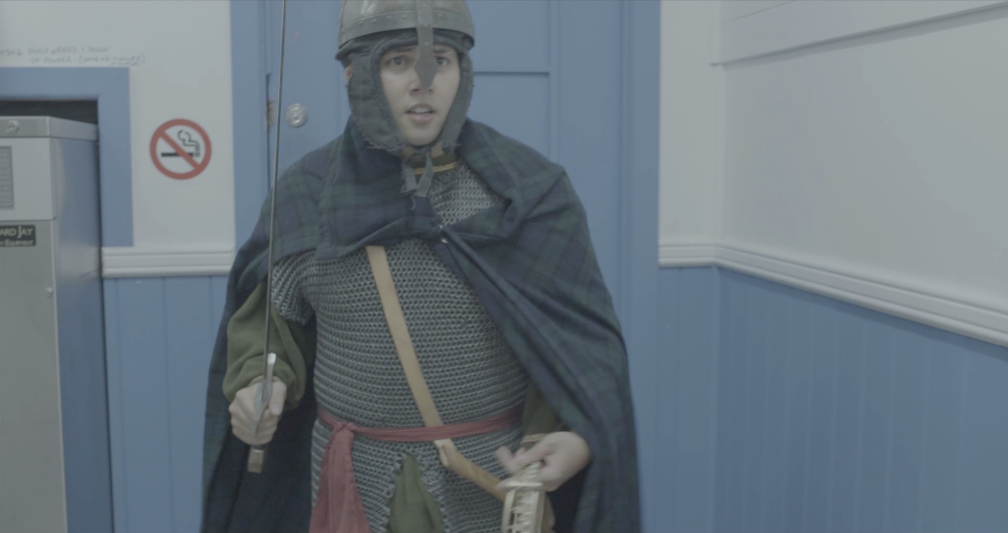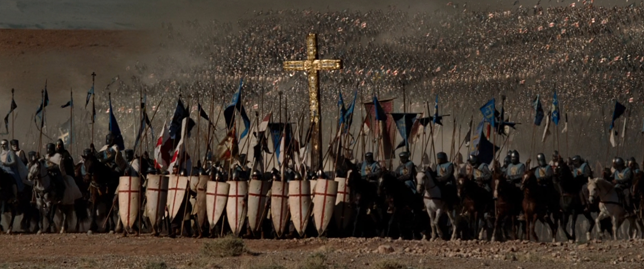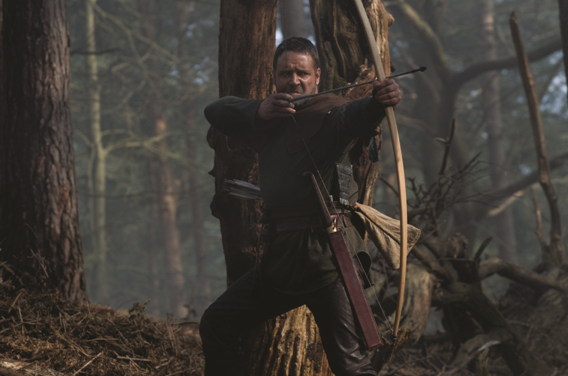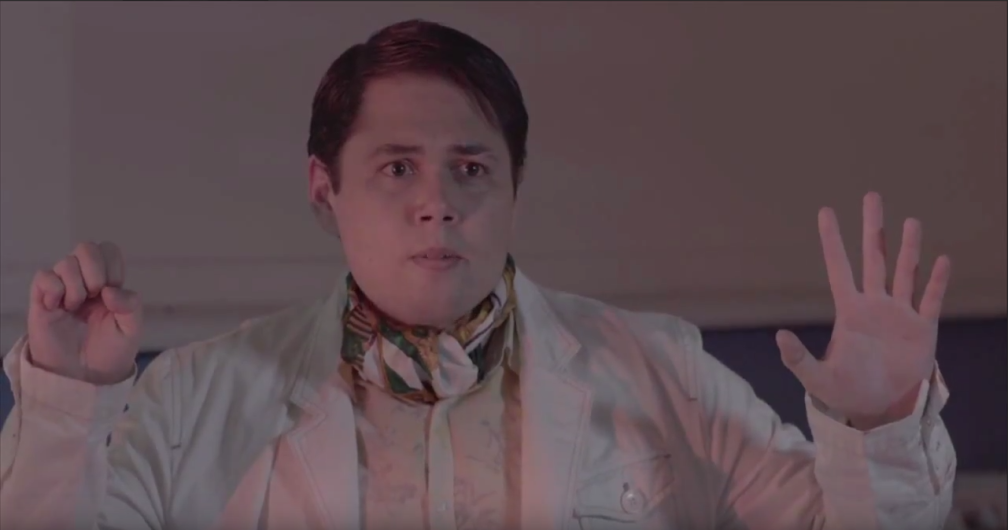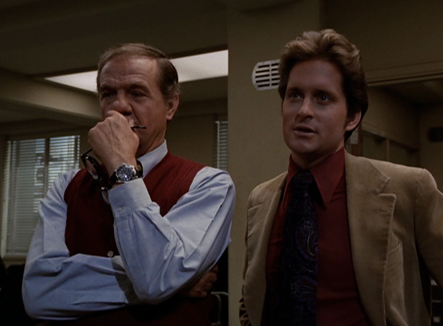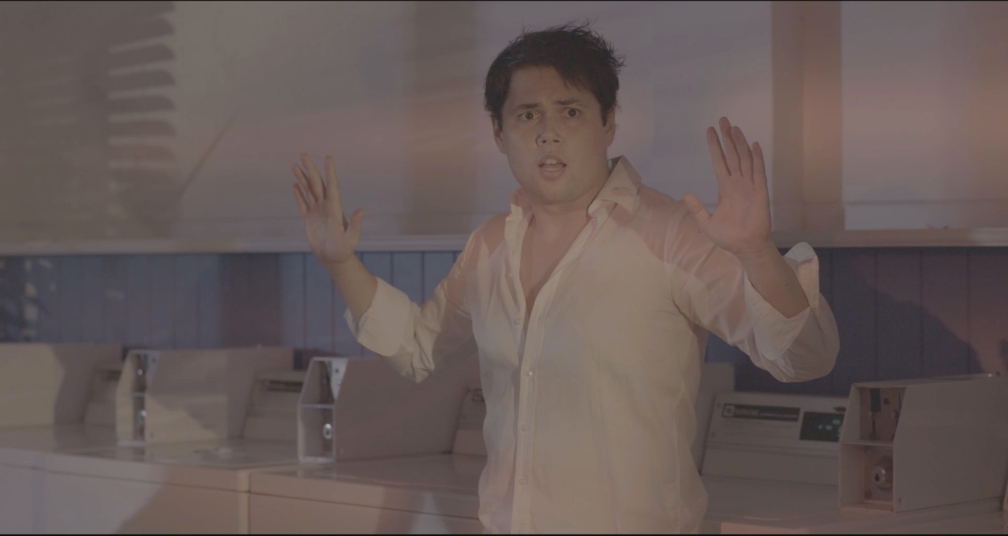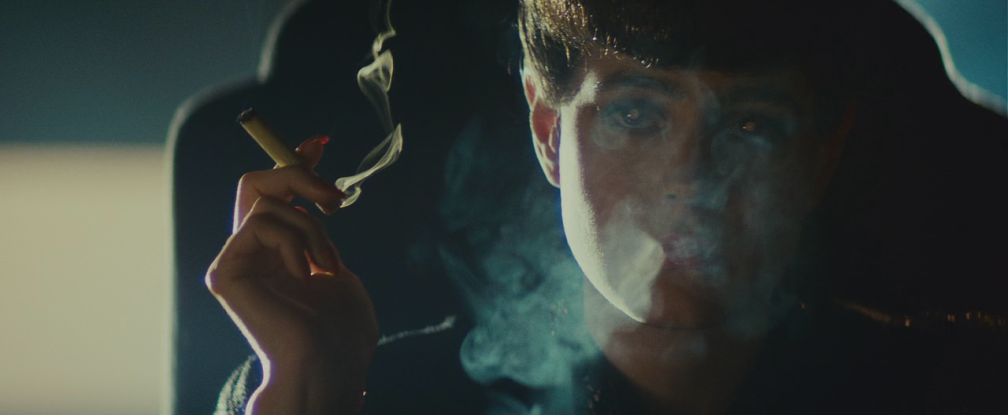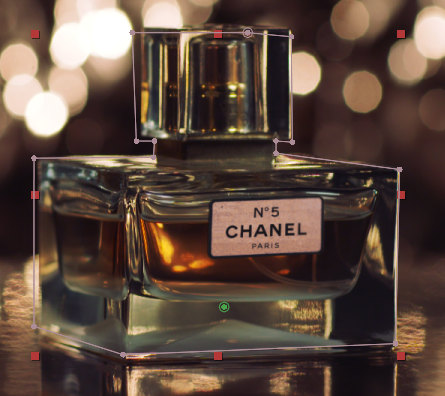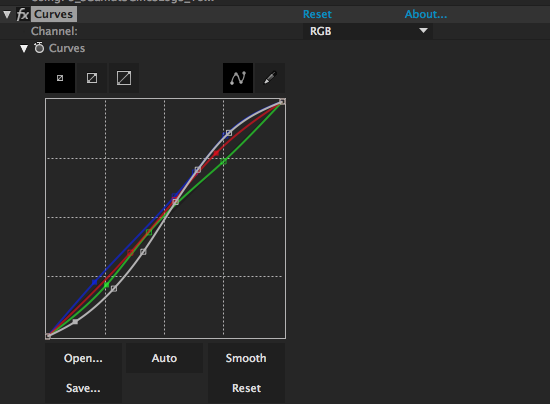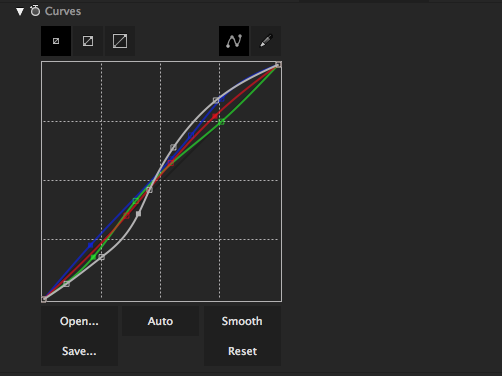Werner Herzog
If I had to pick one director who was to be an influence on my vision and thoughts on documentary, it would be that of the maniac known as Werner Herzog.
The only documentary I’ve watched by him is Grizzly Man – in which he narrates over an archive of a seemingly insane man who wants to live out in the wild with the bears. He takes a very humanistic approach, showing clear sympathy and attempt to understand the man and his intentions. It’s a tragic and real story and Herzog often lets the archival footage speak for itself, but also inserts plenty of context.
This was an interesting experience, but as a documentary filmmaker, often great footage doesn’t just find itself to you. To say I had a lot of influence from this specific film would be missing the point of what Werner Herzog is about. It seems known that Herzog isn’t one to stick strictly to fact or fiction; Many of his fictional films have been very heavily based on reality, and even contain real hardships of crews and dangerous stunts required of actors. To hear this is inspiring to me as a filmmaker – while I’m not set on trying to put anybody in dangerous situations, I can understand wanting for something to be as real and legitimate as possible – and this is all the more applicable in a day where many people turn to practical effects to do things.
To point out some extreme examples of the kind of director Herzog is, the biggest one would be his film, Fitzcarraldo (1982). It’s not a documentary, but it was apparently an absolute struggle of a film to make.
“Without dreams we would be cows in a field, and I don’t want to live like that. I live my life or I end my life with this project.” This is a quote he said during filming Fitzcarraldo. The reason this film was so difficult was that it contained a ship being dragged up a mountain. As interesting as an idea it was, to have a cast, crew and extras do this was insane. The film itself was about an insane character, and perhaps Herzog got lost in that mind frame. An earlier project with Fitzcarraldo’s actor Klaus Kinski would also reveal that the two have had a respectful but simultaneously very difficult relationship working together – to a point where upon saying he would quit, Herzog had to threaten that he would kill the both of them if he did. This all sounds crazy, but I think there’s something in there – something to respect and live by about filmmaking and how seriously it can (and perhaps should, even if on a lesser scale) be taken.
One other insane thing he did was not so dangerous and horrible, but instead could be considered inspiring: Challenging Errol Morris to finally make and complete a feature documentary. He promised Morris that if he would, he would eat a shoe. So, Errol Morris completed a feature – and that’s exactly what Herzog did (as per short film Werner Herzog Eats His Shoe (1980) by Les Blank).
Errol Morris
Errol Morris is a documentarian known for his invention of a form of interviewing; In documentary, a subject must often look at the interviewer, who is required to be as close to the lens as possible so that the subject has a point of eye contact to be talking to, while also allowing to almost be looking straight forward towards the camera and therefore the audience, but Morris instead created a device that allowed his subjects to look at him while simultaneously looking right into the lens (The camera lens is behind a video feed of Morris, whom they look into as he speaks to them). The main film I have seen by him is Standard Operating Procedure (2008) and it contained many elements I enjoyed.
While I found it interesting to have good editing, music composition, and as mentioned, the use of a more engaging interview style, what stood out to me was the use of its archival footage and the visual / artistic re-enactments that took place throughout the film. These were certainly what kept the flow of the film going, and what kept me immersed. All of these elements working in unison added a level of drama and tension to what was already quite an interesting story about the abuse and torture going on at the Abu Ghraib prison in Iraq in 2003.
There definitely felt to be an objectivity too, in trying to see all the sides of the story. Really, by the end, nobody seemed to come out looking like a ‘good person’ – everybody had made their part in the mistake of letting the abuse happen. And I think a documentary shouldn’t be trying to sugar coat everything – it should be showing it how it is and let the audience decide where they stance on how good or bad a person is. However, the director should also have a moral scale to allow people to understand why they think this is good or bad – but Errol does this in a very non-intrusive way.
FILM REFERENCES
Herzog, W. (Director). (1982). Fitzcarraldo [Motion picture].
Herzog, W. (Director). (2005). Grizzly Man [Motion picture].
Blank, L. (Director). (1980). Werner Herzog Eats His Shoe [Motion picture].
Morris, E. (Director). (2008). Standard Operating Procedure [Motion picture].

